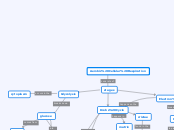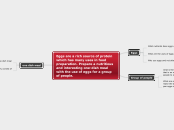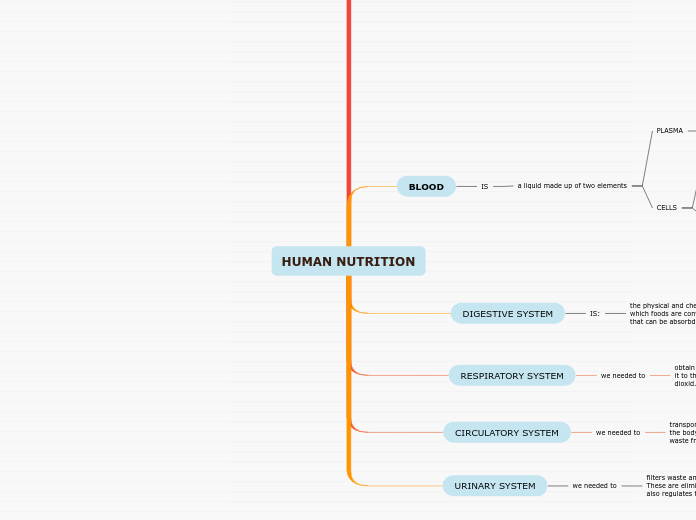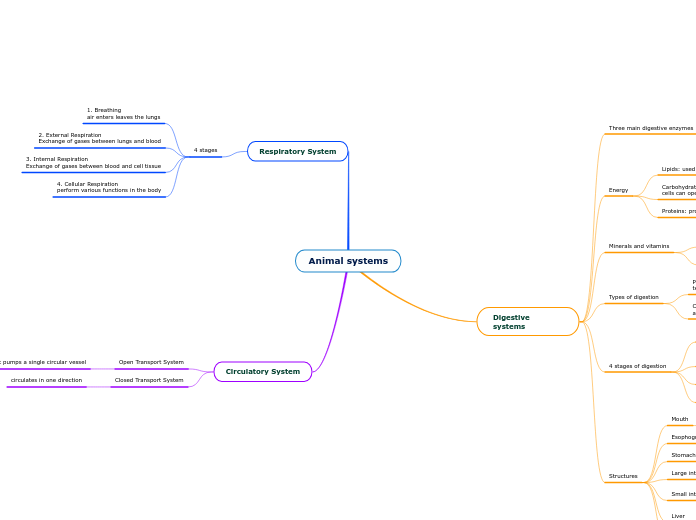door Precious Ude 12 jaren geleden
458
SRP
Cellular respiration involves processes like glycolysis and the Kreb's cycle, which produce ATP and other molecules essential for cellular energy. Glycolysis results in the formation of pyruvate and a net gain of ATP, while the Kreb'









